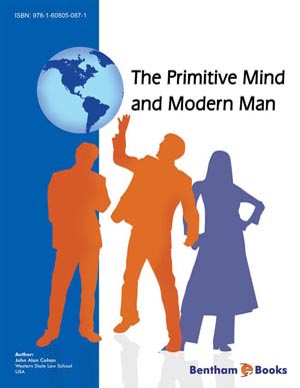Abstract
There are diverse cultural and religious values concerning how people show respect for the dead, and in beliefs about what happens to the soul after death. All cultures apparently believe that the body of the deceased has a certain status that needs to be respected, as well as grave sites. In many cultures anyone’s death, except perhaps for the very old, is attributed to sorcery. This may entail a revenge expedition or demand for compensation. Ancestral worship is both an ancient and modern practice. The belief that the soul continues to live after one dies extends to the idea that dead ancestors interact with the living in one way or another, that they take an interest in the lives of loved ones, that they appreciate the prayers of the living. Ancestral shrines are often built as a place to worship ancestors. Ancestors to whom obligations have not been discharged are liable not only to withhold their guidance, but can be potentially dangerous by sending illness and disaster. The belief in ghosts is widespread in primitive and modern cultures alike, and it is not uncommon for people to believe that they are being harassed by ghosts in their homes. In honoring the dead, all cultures, now as in ancient times, have customs regarding funeral rites and mourning, each unique in its own way, ranging from rock burial, cremation, mummification, embalming, or feeding the corpse to carnivorous animals. A famous cremation ritual in Bali involves a dance with strong emotional outbursts and the outright abuse of the corpses, and it is expected that people will engage in the overt expression of hostility towards the deceased. Where practiced, mortuary cannibalism is motivated by the belief was that by consuming another’s flesh, one acquires some characteristic of the person eaten. In some cultures it is the custom to burn a dead person’s house and personal belongings, burn or give away crops planted by the deceased, and avoid using the dead person’s name. In numerous cultures there is great reverence shown for the skull of the deceased. Sometimes, after burial and the lapse of time, skulls are unearthed in mortuary ceremonies, decorated and then given a secondary burial in caves or other sacred places. In Madagascar there is a custom to open ancestral tombs for the purpose of rewrapping the corpses with new silk shrouds every six or seven years.













